Resampling of astronomical images:
making scarlet multi-band & multi-resolution

Rémy Joseph, Peter Melchior,
Fred Moolekamp

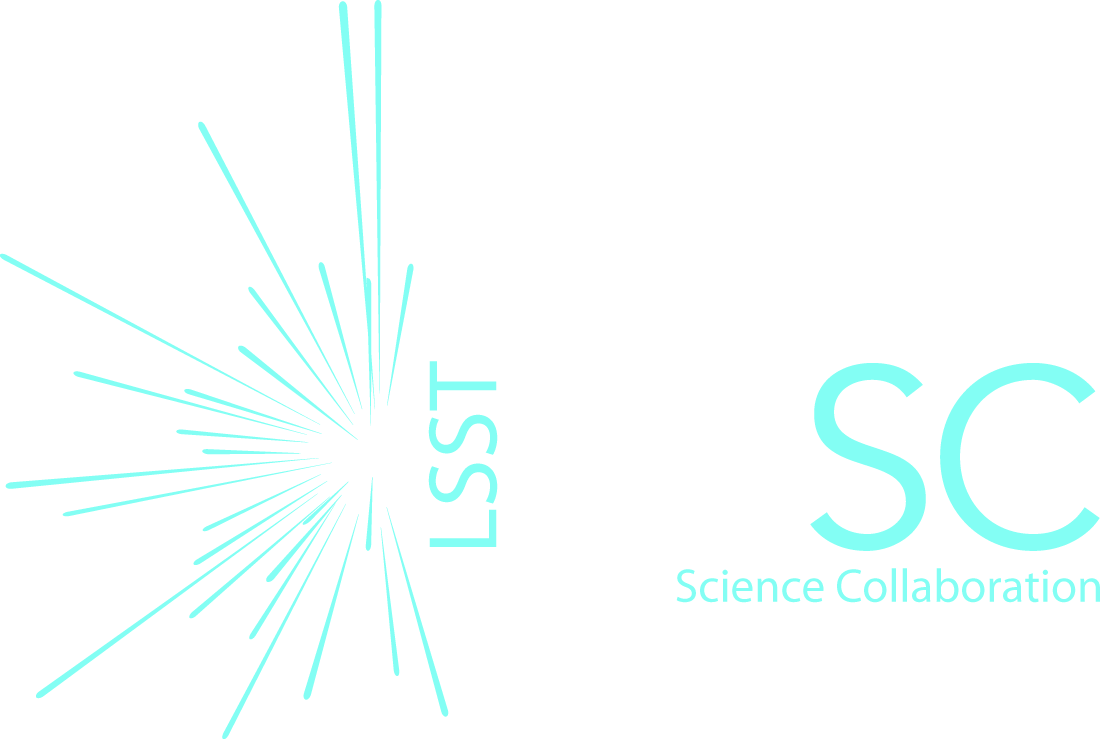
Common model across resolutions:
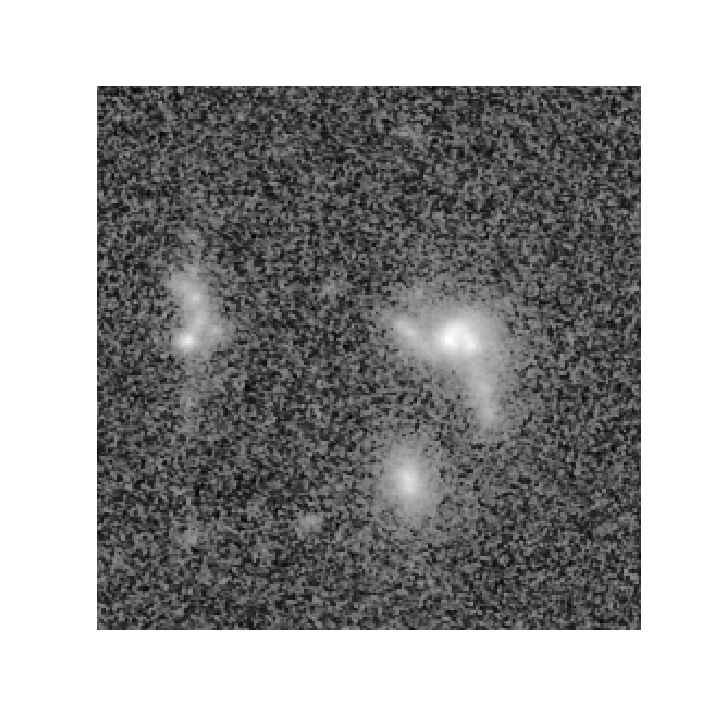
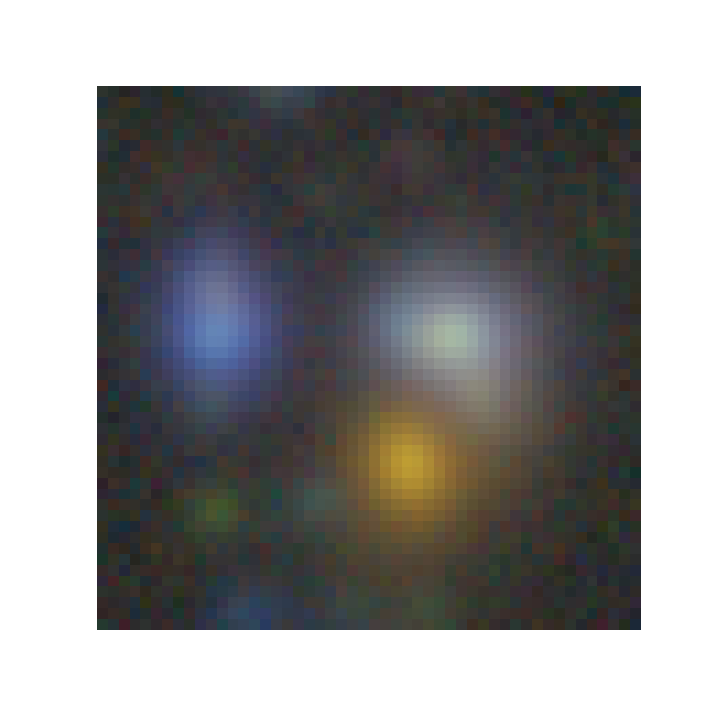
HST cosmos, F814w
HSC DR2, grizy
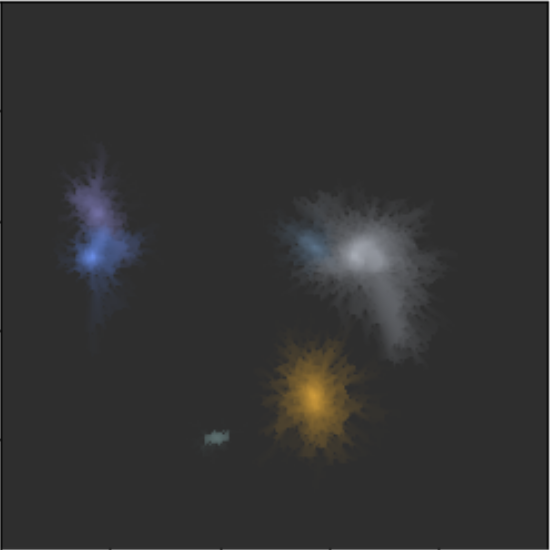
Scarlet model
pixels
wavelength
pixels
pixels
Combining surveys at different resolutions


HST cosmos, F814w
HSC DR2, grizy
\(Y_1\):
\(Y_2\):
pixels
Interpolation at different resolution
General formula for interpolation
\(f(x, y) = \sum_{x_k, y_j} f(x_k, y_j) K(x-x_k, y-y_j)\)
Interpolation kernel
Known samples
Samples at desired position (x, y)


Euclid-like
HST-like
?


Euclid-like
HST-like
Interpolation at different resolution
Astronomical images have different samplings & different PSFs!!
\(f_1(x, y) = (f*p_1)(x, y)\)
\(f_2(X, Y) = (f*p_2)(X, Y)\)
Interpolation at different resolution


Euclid-like
HST-like
Resampling and difference convolution can be done as one operation:
\(f_2(X, Y) = \sum_{x_k, y_j} f_1(x_k, y_j) P(X-x_k, Y-y_j)\)
Interpolation with difference kernel as the interpolation kernel. (Demo-ish in back up slide)
\(P(x,y) = \mathcal{F}^{-1}(\frac{\tilde{p_2}}{\tilde{p_1}})(-x,-y)\)
The problem of speed


Euclid-like
HST-like
\(f_2(X, Y) = \sum_{x_k, y_j} f_1(x_k, y_j) P(X-x_k, Y-y_j)\)
\((X,Y)\) and \((x_k, y_j)\) are not on the same grid.
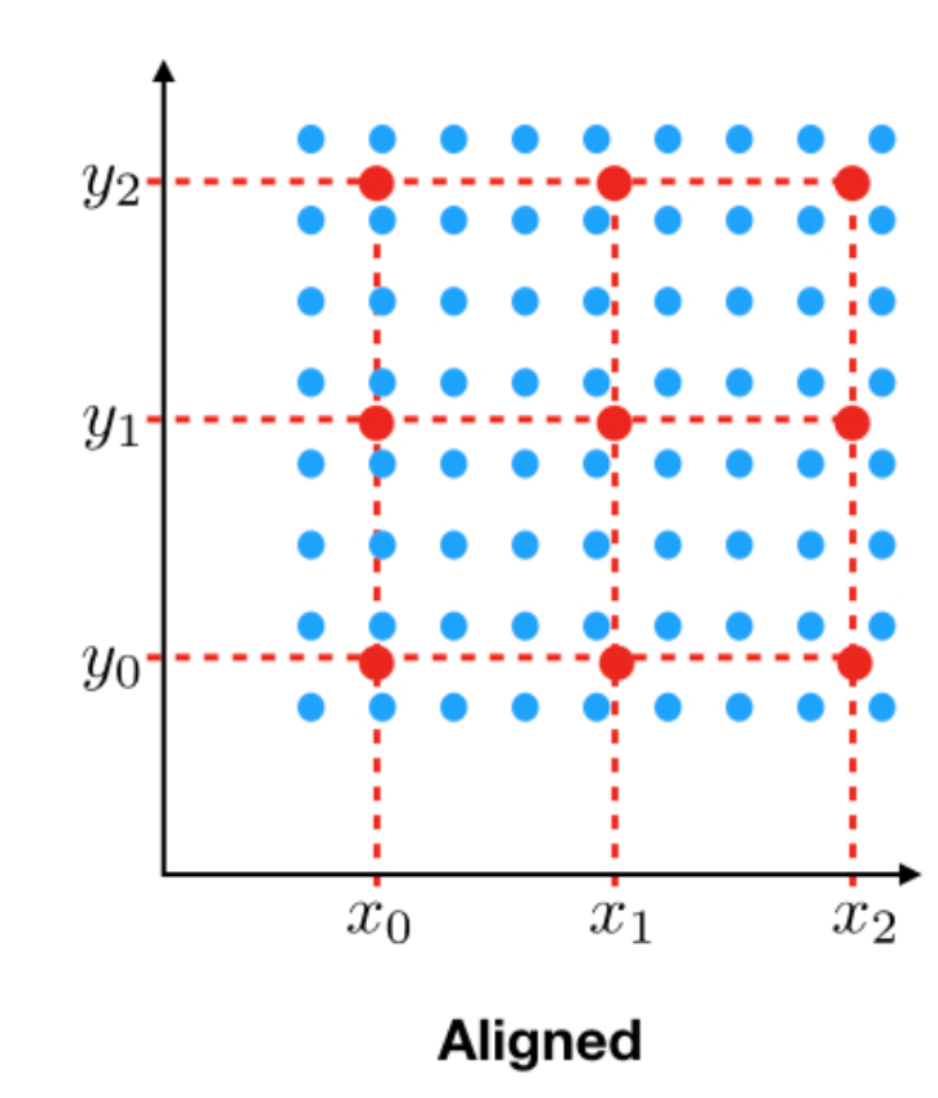
The problem of speed
\(f_2(X, Y) = \sum_{x_k, y_j} f_1(x_k, y_j) P(X-x_k, Y-y_j)\)
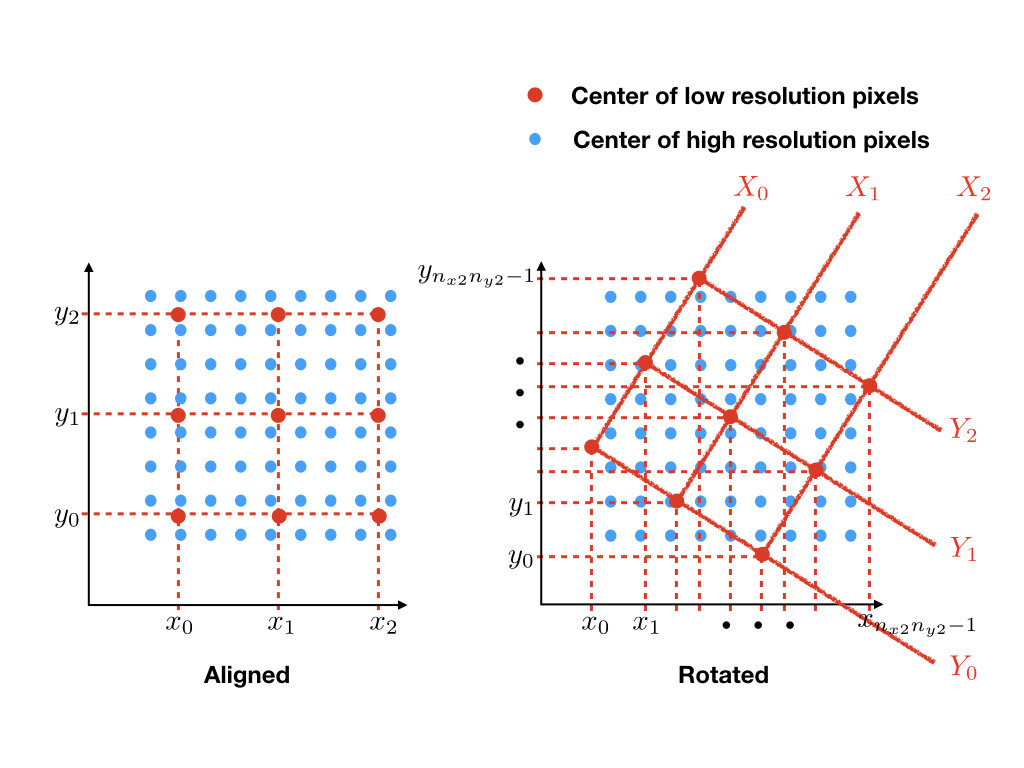
As many operations as there are distances between red and blue points, i.e. \(M^2N^2\)
M
N
The problem of speed
\(f_2(X, Y) = \sum_{x_k, y_j} f_1(x_k, y_j) P(\frac{X}{h}-x_k, \frac{Y}{h}-y_j)\)
Reformulate to share the distance calculations along directions of constant coordinates:
\(f_2(X, Y) = \sum_{x_k, y_j} f_1(x_k-X_1cos\theta, y_j+X_1sin\theta) \times P(-Y_1sin\theta-x_k, -Y_1cos\theta-y_j)\)
\(X = hX_1cos\theta + hY_1sin\theta\)
\(Y = -hX_1sin\theta + hY_1cos\theta\)
Shifts along two directions
The problem of speed
\(f_2(X, Y) = \sum_{x_k, y_j} f_1(x_k-X_1cos\theta, y_j+X_1sin\theta) \times P(-Y_1sin\theta-x_k, -Y_1cos\theta-y_j)\)
- Shifts along \(2\times M\) directions instead of \(M^2\)
- Multiplcation of two matrices : \(N^2M \times MN^2 = M^2N^2\) operations
- Orders of magnitude faster than computing and multiplying by the \(P(X-x_k, Y-y_j)\) kernel
Comparison with galsim:
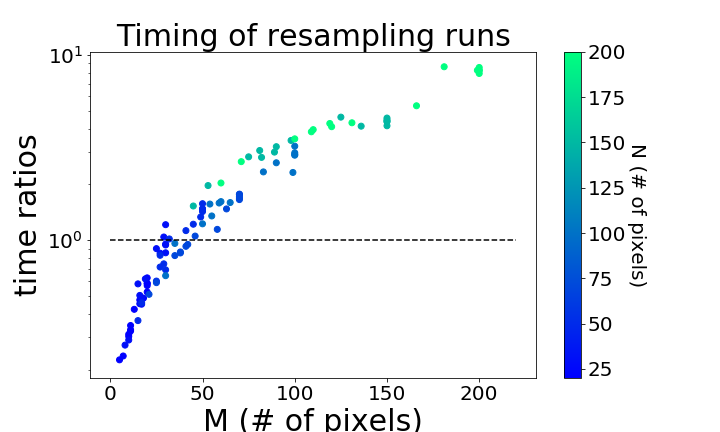
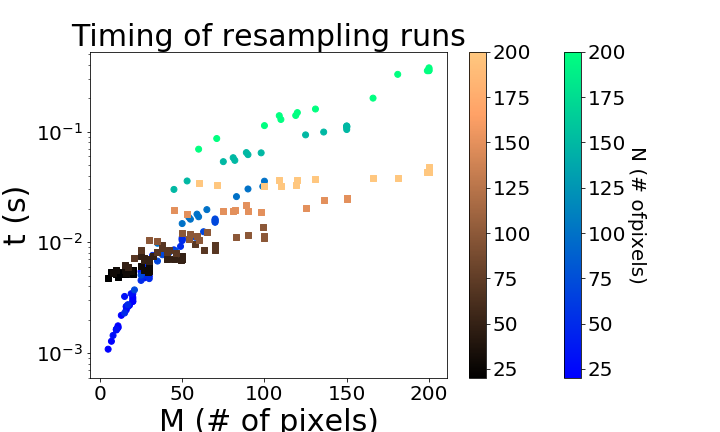
Galsim
Scarlet
Comparison with galsim:
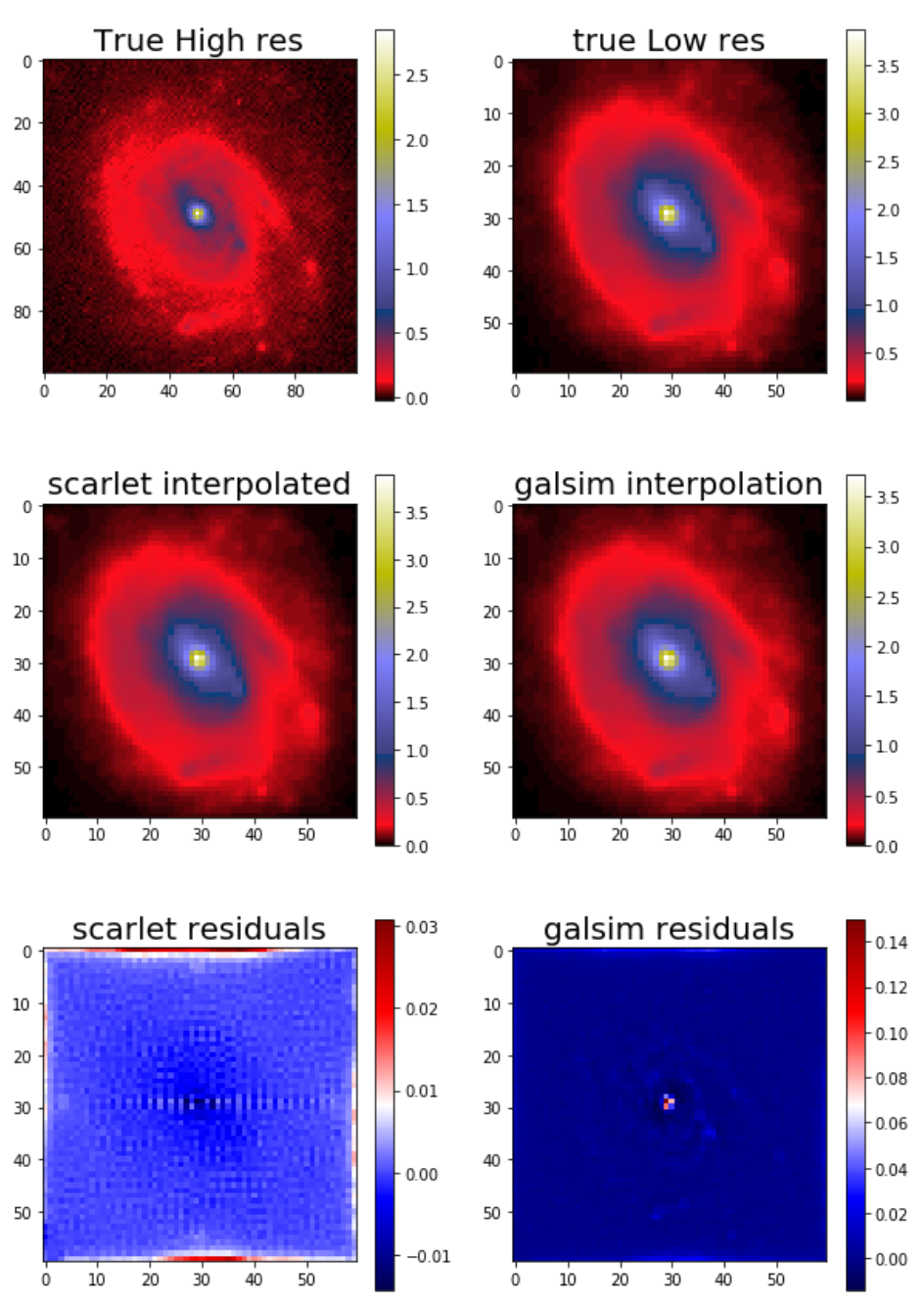
HST to EUCLID
EUCLID to LSST
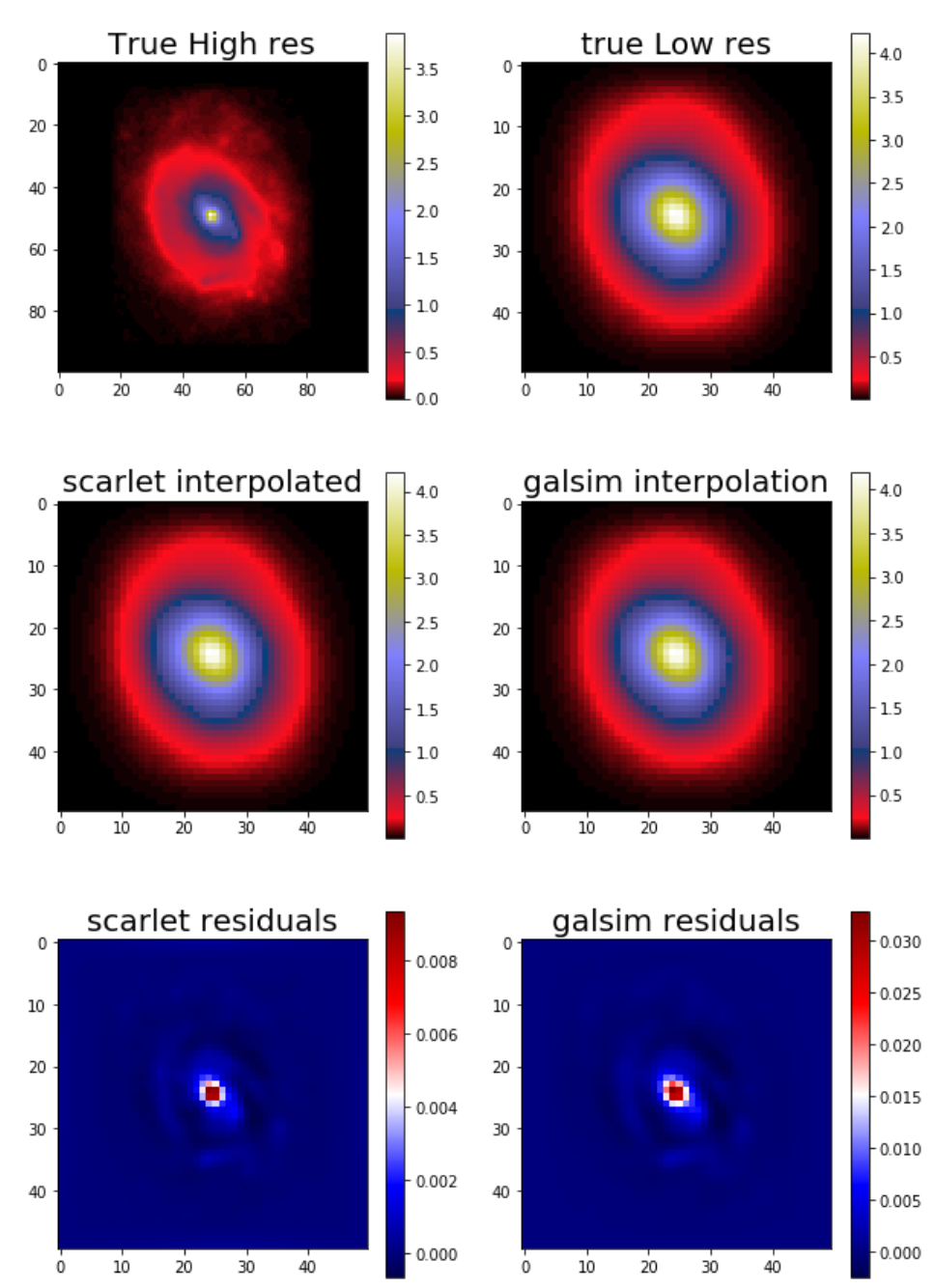
Multi-resolution in Scarlet
- Scarlet goes from Multi-band to multi-resolution
- Bands from different surveys are treated as independent (they are not)
- PSF as the interpolation kernel
- Operations faster than Galsim for small patches (?)



HST cosmos, F814w
HSC DR2, grizy
Scarlet model
1
2
4
3
5
6
1
2
4
3
5
6
1
2
4
3
5
6
Interpolation kernel is actually a sinc
\(f_2(X) = (f_1*P)(X) = (\sum_{x_k} f_1(x_k)sinc(\frac{X-x_k}{h}))*(\sum_{x_p}P(x_p)sinc(\frac{X-x_p}{h}))\)
\(f_2(X) = (f_1*P)(X) = \sum_{x_k} f_1(x_k)\sum_{x_l}P(x_l)sinc(\frac{X-x_k - x_l}{h})\)
\(f_2(X) = (f_1*P)(X) = \sum_{x_k} f_1(x_k)\sum_{x_l}P(x_l- X)sinc(\frac{x_k + x_l}{h})\)
Making sure we get the pixel response right
\(I_2(x_{i2},y_{j2}).\) = \((rect_{h_1}*(f*p_1) *{F}^{-1}(\frac{\hat{rect_{h_2}}}{\hat{rect_{h_1}}}\frac{\hat{p_2}}{\hat{p_1}}))(x_{i2},y_{j2})\)
\(I_2(x_{i2},y_{j2}) = (rect_{h_2}*p_2*f)(x_{i2},y_{j2})\)
Update on Joint convolution and resampling for combining
By herjy
Update on Joint convolution and resampling for combining
- 688


